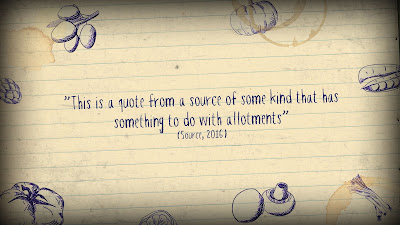In a recent workshop, we were given to opportunity to work on our interviewing skills to ensure we were ready for the real thing whilst shooting out documentaries.
INTERVIEW WORKSHOP
At the start of the workshop Helen asked a group to set up an interview for everyone else to look at and think about. During this process I was asked to be the interviewer. Whilst everything was being set up, it gave me a chance to think about how I would act if it were a real interview. I kept talking to the interviewee to ensure everything was okay whilst they waited for everything to be set up. If this were a real and professional interview, the setup would be complete well before the interviewee turned up.
During the interview I asked questions and listened to the interviewees answers. Once the interview was finished, the group picked up on a few points:
- I needed to leave a little gap after each question (before the interviewee answered) to allow a space to edit around in post-production.
- As the director, you should focus on keeping the interviewer and interviewee updated on the situation.
- Camera and sound people need to know what they are doing as the director has to rely on them to set up without any assistance.
In the afternoon we were split into groups and were tasked with setting up our own interview. I was given the role of the director. I decided to use a lighting kit, so I also took on the role of lighting.
Whilst the crew and I set up, I kept conversation going with the interviewee (Cheyenne) to ensure they didn't get bored. Even with the lighting kit, setting up didn't take very long. Once everything was ready, we got started.
We began by shooting Cheyenne's side of the interview. Then we shot two opening shots, both of her coming into the room and greeting me. Next we shot my side of the interview. And finally we shot an opening sequence of Cheyenne's journey to the interview room (Studio 2).
After we had finished shooting the interview, it was noted that there was some sort of communication issue during the interview. My boom operator was trying to catch my attention during the interview but I didn't notice because I was listening to the interviewee. This issue was resolved after I explained that if I were to ignore the interviewee during the interview and focus on the crew, that would be rude and unprofessional. We realised that for the kind of set-up we had, the director would either have to be behind the camera, focusing on the interviewee; or there would have to be an additional person who could ask the questions on behalf of the director, so the director could focus on the crew.
During the editing process, the audio from the boom was unusable because you could hear the sounds of the operator's hands moving on the pole. Luckily we used a boom and a clip mic, so I ended up just using the sound from the clip mic channel.
Below I have embeded the current version of the interview. The reason I say it is the current version is because soon we will be taking part in a sequencing workshop, in which we will shoot sequences to cover the cuts made during the interview. These cuts are currently still visible in this version of the interview. I have also not added any of my reaction shots yet, as I will wait until all the sequences have been added. And finally, narration will be added soon, but at the moment the narration is represented by some subtitles.
Here is the current version:
Overall I'm happy with how the interview looks so far. I think it demonstrates the fact that my group and I have already developed some good interview skills, in terms of setting up, asking questions and editing together.













